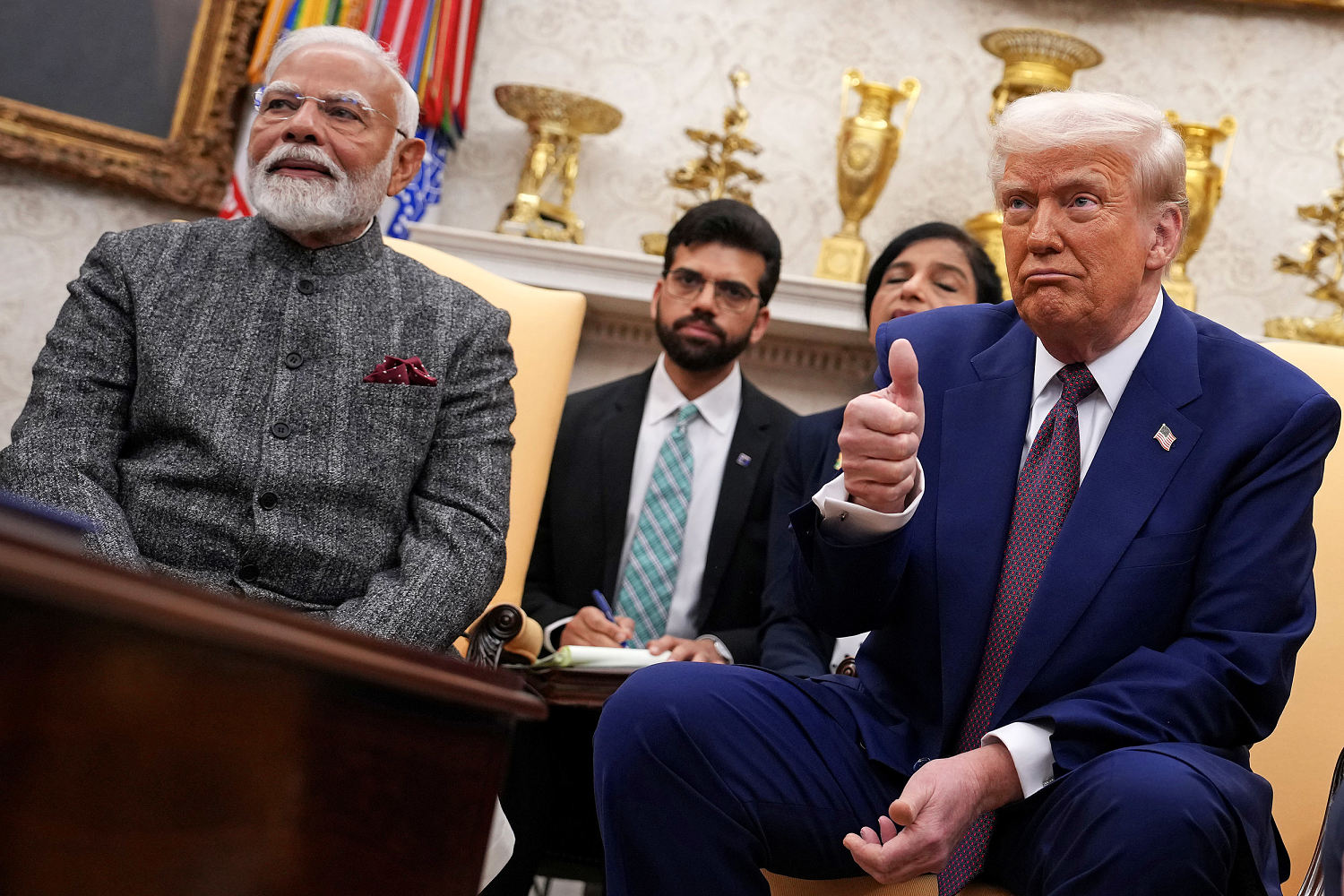
President Donald Trump is ramping up his tariff war in a bold push that’s defining his second term. This week, he turned up the heat on India with steep new import duties while signaling both penalties and new deals with Brazil and South Korea. Here’s a breakdown of what happened, what it means for international trade, and why global markets are watching closely.
Full Article Rewrite (Blog-Friendly):
In a fresh round of trade war moves, President Donald Trump on Wednesday announced a 25% tariff on imports from India, while offering a reprieve to two other nations — Brazil and South Korea. This announcement is the latest escalation in what’s become a signature issue of Trump’s second administration.
In a morning social media post, Trump revealed that Indian imports will now face a 25% tariff. He also mentioned an unspecified penalty, citing India’s increasing dependence on Russian energy and military equipment. Despite the new duties, Trump later hinted that trade talks with India are ongoing.
Later in the day, Trump took aim at Brazil, raising its tariff rate to 90%, up from the previous 50%. He also announced sanctions against the Brazilian judge overseeing former President Jair Bolsonaro’s legal cases, accusing Brazil of mistreating Bolsonaro — a key Trump ally during his first term.
Trump also spoke about South Korea, saying the country had proposed to “buy down” its 25% tariff. In a Truth Social post, Trump said he was open to hearing South Korea’s offer. According to NBC News, South Korea has expressed interest in investing in U.S. shipbuilding.
By Wednesday evening, Trump declared that a deal had been reached with South Korea. Under this agreement, South Korea will invest $350 billion in U.S.-controlled assets and purchase $100 billion in American liquefied natural gas (LNG) or other energy products. In return, South Korea’s tariff was reduced to 15%, and American goods will face no duties in South Korea.
South Korean President Lee Jae-myung confirmed the agreement, calling it a major breakthrough. He said the deal eliminates trade uncertainties and aligns U.S. tariffs with or below those of competitor nations, helping South Korean industries compete more effectively.
These moves come just days before a Friday trade negotiation deadline that Trump insisted “will not be extended.” He has warned that dozens of countries may soon face a new baseline tariff of up to 20% — a hike from the 10% rate he imposed in April.
The new tariff levels are close to the highs Trump threatened on “Liberation Day,” April 2 — a dramatic move that initially shocked global markets and led to a brief financial downturn. Though he later pulled back, Trump has since steadily reintroduced higher tariffs, drawing comparisons to the protectionist trade policies of the 1930s, which worsened the Great Depression.
India's 25% tariff rate is a sharp jump from the recent average of 2.4%. Though slightly lower than the 26% Trump floated in April, it's still significant. India is a major trading partner for the U.S., with nearly $90 billion in goods imported last year.
India has also emerged as the leading source of smartphones for U.S. consumers. Apple, for example, shifted iPhone production from China to India to avoid tariffs and reduce geopolitical risks. The company exported $17 billion worth of iPhones from India in 2023 alone.
Apple CEO Tim Cook said during a May 1 earnings call that most iPhones sold in the U.S. starting this quarter will originate from India.
Besides smartphones, the U.S. also imports chemicals, plastics, leather, metals, and agricultural goods from India. Conversely, India applies a 5.2% average tariff on U.S. products, including cement, oils, machinery, glass, and stone.
Trump’s aggressive tariff approach continues to unsettle the global economy. While he’s secured new deals with several countries over the past two weeks, critics argue that many of the agreements lack clarity and feasibility.
Despite the uncertainty, major stock markets have remained resilient. Many companies believe the economic impact of the tariffs may not be as severe as initially feared.
Still, the new bilateral deals feature much higher duties than those in place for decades. Tariffs include 19% on imports from Indonesia and the Philippines, and 15% on goods from Japan and the EU. A recently signed agreement with Vietnam sets tariffs at 20%, rising to 40% for products rerouted from China.
With Friday’s deadline looming, the world is watching to see how many more countries will be pulled into Trump's high-stakes tariff strategy.






0 Comments